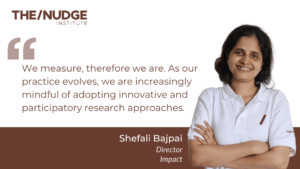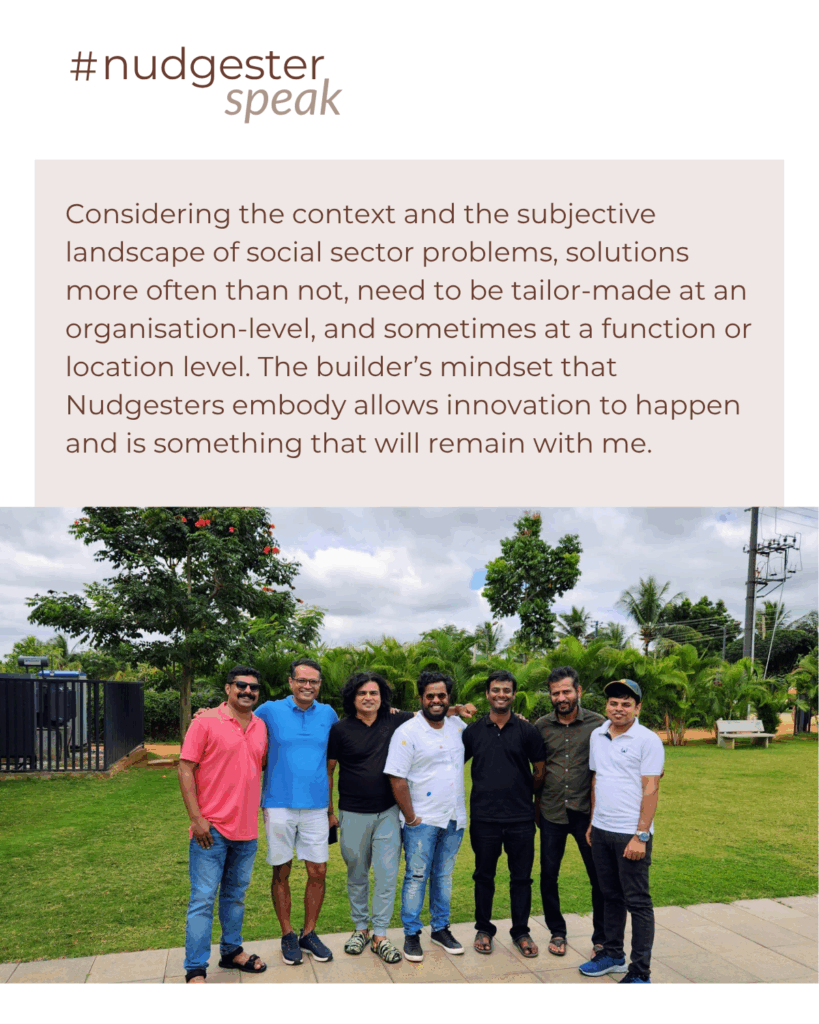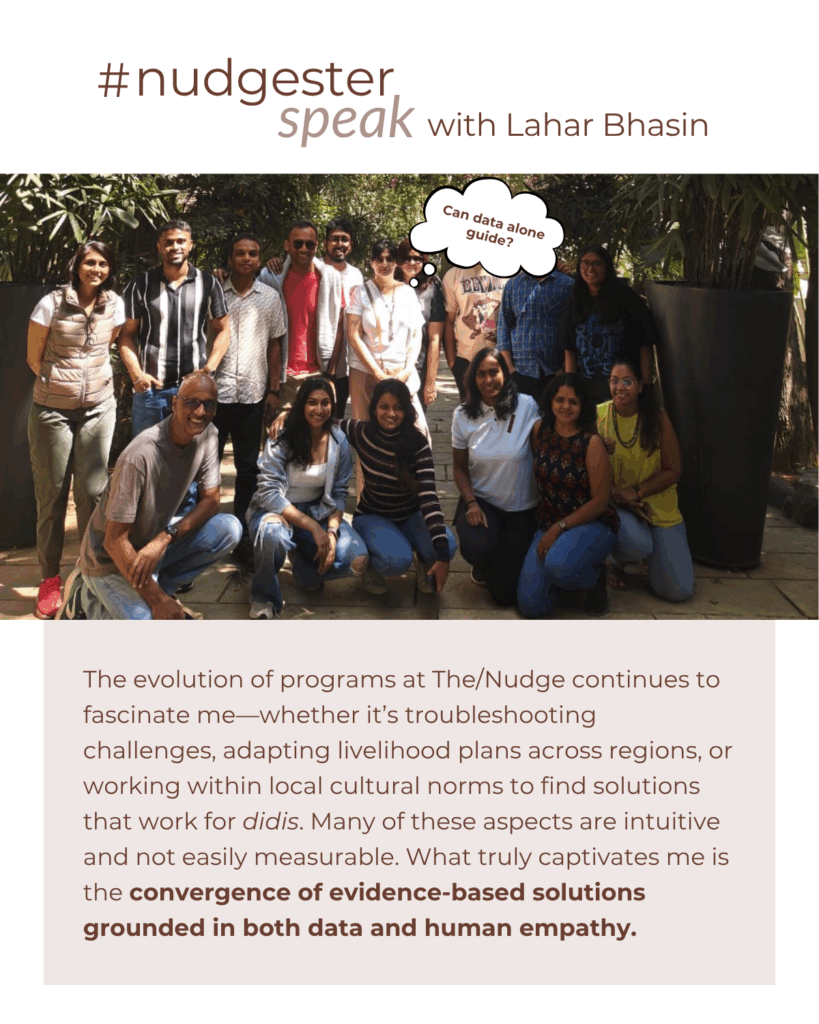In the heart of many Indian homes, homemakers wake before the world, juggle cooking, cleaning, caregiving and carry out duties that demand relentless precision, patience and energy. These women often find themselves lost in the shadows of unpaid labour and their identities consumed by the roles they play. They are lost in a system where they are invisible, unappreciated, and placed nowhere in the country’s economic landscape.
They are India’s Laapata Ladies who keep homes running like clockwork.
This invisibility isn’t just a cinematic metaphor but a stark reality. Do you know that over 209 million Indian women don’t leave their homes even once a day? If they were a nation, they would be the eighth most populous in the world.
But their invisibility, however, is not a limitation. It’s an opportunity!

Digital livelihoods unlocked
Today, the rapid rise of technology and digital platforms offers a chance to bring work opportunities directly into homes, reshaping how livelihoods are created. The concept of work is evolving, with flexible, task-based roles that integrate seamlessly into daily life becoming increasingly common. This shift allows homemakers to contribute to the economy without compromising their responsibilities.
The digital economy holds the promise of turning invisibility into empowerment. It recognises the immense potential of homemakers and positions them as vital contributors to growth. It’s not about stepping away from their homes; it’s about weaving meaningful, income-generating opportunities into their everyday lives. By harnessing the power of AI-driven platforms and digital gig models, we can envision a future where millions of women are not just participants in the economy but active drivers of India’s growth story.
Unlocking potential with transactional jobs
Homemakers already shoulder immense responsibilities, from caregiving to managing households. For many, traditional full-time jobs are impractical, not because of a lack of capability but due to the inflexibility of conventional work structures. Transactional, task-based work offers a solution. Women can work from home, choose their hours, and earn steady incomes while balancing their existing roles. This model isn’t just about convenience; it’s about empowerment. By starting small, women gain confidence, financial independence, and exposure to new skills, creating a pathway for long-term economic participation.
Harnessing AI-powered opportunities
The rise of AI has unlocked a growing need for services like data annotation, labelling, and content moderation—tasks that are essential for training AI models. These roles, which require minimal prior experience, can be done remotely and offer competitive pay, making them a perfect fit for homemakers. For businesses, this opens the door to a reliable, scalable, and quality-driven workforce. For women, it’s much more than just work—it’s a chance to gain skills, earn an income, and step into the digital economy on their own terms.
Economic Inclusion: a win for all
The inclusion of homemakers in the workforce has far-reaching implications, not just for individual women but for the economy as a whole. Increasing women’s labour force participation could add $700 billion to India’s GDP by 2025. Beyond the numbers, economic inclusion fosters agency, confidence, and decision-making power for women. It creates a ripple effect within families and communities, inspiring others and driving social progress. Digital jobs, in particular, equip women with future-ready skills, ensuring they are not just part of the workforce but active contributors to a rapidly evolving digital economy.
From laapata to mil gayi: redefining work, reclaiming identities
The women of Indian households are poised to be recognised and valued. The Digital Naukri Challenge, a ₹6.5 cr grand challenge launched by The/Nudge Institute in partnership with Mphasis to enable 1 million digital work opportunities for India’s homemakers by 2030, seeks to bridge the gap between homemakers’ untapped potential and the digital economy’s growing needs. This enables them that opportunity—a platform to step out of the shadows, reclaim their identities, and become active contributors to the nation’s growth story.
This isn’t just about creating jobs; it’s about rewriting the narrative to place women at the forefront of livelihood opportunities. It’s about proving that work can adapt to life, not the other way around. It’s a powerful reminder that economic inclusion is not just a policy—it’s a tangible possibility.
As we move toward a future where flexibility meets opportunity, let us recognise that our Laapata Ladies are not a problem to be solved—they are the solution waiting to be embraced.
To learn more about the Digital Naukri Challenge, click the link below.


















